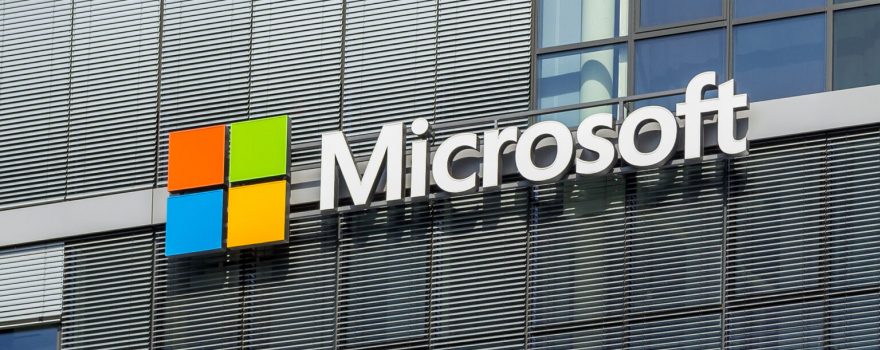
Microsoft has confirmed that Windows 10 will no longer receive support after October 14, 2025. This means no more security updates, feature improvements, or technical assistance for millions of PCs worldwide. Users relying on older machines are urged to prepare for the transition to avoid potential security risks and software incompatibilities.
Upgrading to Windows 11 is the recommended path for most users. PCs that meet minimum system requirements can install Windows 11 directly, with notifications already appearing for some users. For those unsure about eligibility, checking via Start > Settings > Update & Security > Windows Update is suggested, though some older devices simply won’t qualify.
Consumers with unsupported devices have alternatives, though none are permanent. Microsoft offers a Consumer Extended Security Updates (ESU) program that extends protection for up to a year past the cutoff, giving users extra time to transition. Some might also consider replacing older PCs with newer Windows 11-ready machines, which can offer performance and security improvements alongside new features.
Experts warn that ignoring the end-of-support deadline can lead to serious vulnerabilities. “Many users underestimate the risk of running an unsupported OS,” said a tech consultant. “It’s not just missing new features—malware and hacks increasingly target outdated systems.” For casual users and businesses alike, planning ahead can save headaches later, especially as critical updates cease after mid-October.
Full details and guidance here: Microsoft Support

 Get in Touch
Get in Touch 


